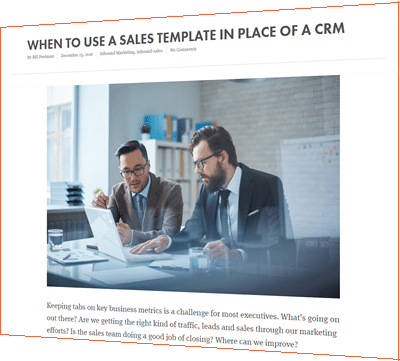 We’ve written several blog posts about HubSpot’s new Content Optimization System (COS) and have had the opportunity to talk with a lot of HubSpot customers about migrating to this new platform. In these discussions, we get a lot of the same questions over and over again.
We’ve written several blog posts about HubSpot’s new Content Optimization System (COS) and have had the opportunity to talk with a lot of HubSpot customers about migrating to this new platform. In these discussions, we get a lot of the same questions over and over again.
What are templates in the COS?
It’s helpful to think of templates as the structure of a house. The posts and beams, the roof and floor, the windows and doors. If you’ve ever walked through a house that’s under construction, you probably had a hard time visualizing what the final result would look like, but you could clearly see where the rooms were and could make good guesses about which was a bedroom, which was a kitchen, which was the laundry room, etc.
The structure of your website is the COS templates. Templates hold your content in various positions on the page, and can also tell us something about the kind of content that goes there.
 Why do I need so many templates?
Why do I need so many templates?
Using templates, you can build a beautiful and highly functional website without knowing code and without sacrificing control. You don’t need an IT department to do this. . a “mere mortal” will work fine!
- Create endless new page layouts with the drop-and-drag template editor.
- Format your page with an easy-to-use toolbar.
- Add images, videos, or CTA’s anywhere on your page in seconds.
- Just type and publish. You pages are immediately live, or are scheduled for future release at a certain date and time.
Default templates are already in the COS, but like 2×4’s in a house, they provide structure only, they are not customized to your needs. Using the default templates is like the old days when you could buy a modular house from Sears.
The default HubSpot COS templates are:
Blog
Web Pages
Landing Pages
|
Email
System Pages
|
This wide variety of templates give you a lot of options for building the structure of your website. You can also see that you would never use some of these templates.
When we move your website and blog to the COS, we custom-build 25-30 templates for you depending on what you need for your website design. These give you all the structure you need to create web pages, landing pages, and emails. And they give you the flexibility to meet your future needs.
Then we build your website design into these templates. This is like painting the walls of your house, laying carpet, and hanging the curtains — it gives you the “look and feel” of your house. Or in this case, the “look and feel” of your website.
There’s still no furniture in your house — that’s the content for all these pages. And just like furniture and decor, you can update it as often as you like. That comes later, but rest assured that you’ve got a lot of flexibility on your choice of template for any given page or email that you want to create, either now or in the future.





